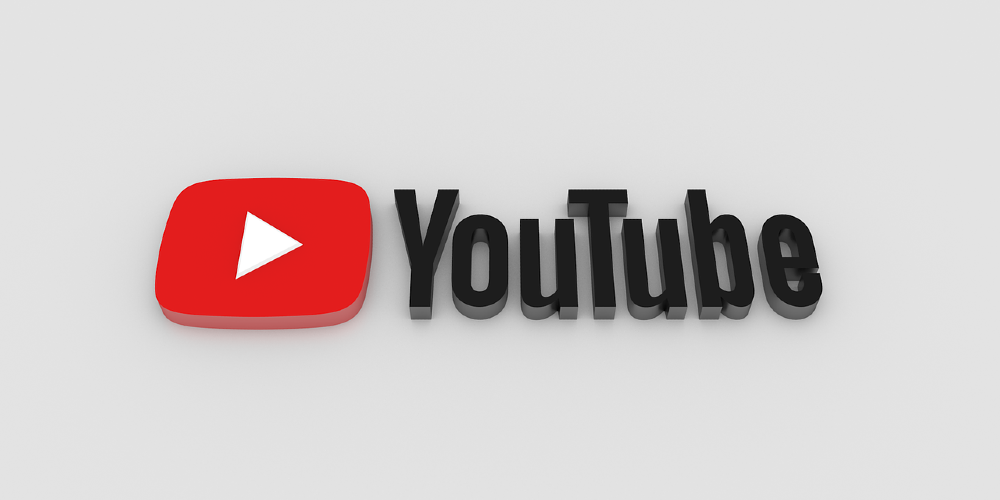
YouTube is the preferred choice for numerous users to view content, enjoy music, or follow their favorite creators over the internet. While the video-sharing platform can be accessed for free with ad support, users desiring to view content without interruptions have the option to subscribe to YouTube Premium for an ad-free experience. However, a substantial number of users opt to stick with free ad-blockers, enabling them to enjoy ad-free YouTube without any subscription fees. But this landscape might be on the cusp of change. YouTube has initiated tightening control over ad blockers significantly, focusing on a worldwide strategy aimed at preventing ad-blocking extensions and prompting users to either accept ads or subscribe to YouTube Premium.
YouTube is broadening its campaign to neutralize the effectiveness of ad-blockers on its platform. As cited by Christopher Lawton, the communications manager at YouTube, a comprehensive effort is underway to persuade users to allow ads or to consider YouTube Premium as an alternative.
According to the platform's official statement, the usage of ad-blockers is deemed a violation of YouTube's Terms of Service. Hence, the platform has embarked on a global initiative to convince viewers having ad-blockers activated to either permit ads on YouTube or to explore YouTube Premium as an avenue for an ad-free user experience. As to YouTube, ads facilitate a varied mix of creators and allow billions of users to access their preferred content.
Recently, YouTube has commenced blocking video playback for users with ad-block extensions in place. A cautionary notice is now displayed by YouTube alerting users that video playback is blocked unless YouTube is whitelisted or the ad-blocker is disabled. Users are then given the choice to either accept ads or try out YouTube Premium.
Earlier in June, it was confirmed by YouTube that a three-strike policy was being evaluated against individuals resorting to ad-blockers. YouTube disclosed that a small-scale experiment was being conducted globally to encourage users to either permit ads or subscribe to its ad-free Premium plan.
Last May, at its 2023 Brandcast event, YouTube introduced 30-second ads on YouTube Select for connected TVs, signaling a shift from two 15-second ads to a single, unskippable 30-second ad for users in the US.
Furthermore, the platform had implemented preliminary efforts to block videos for users using ad-blockers. These endeavors seem to have been amplified now, as a majority of users with ad-blockers activated are unable to play videos.